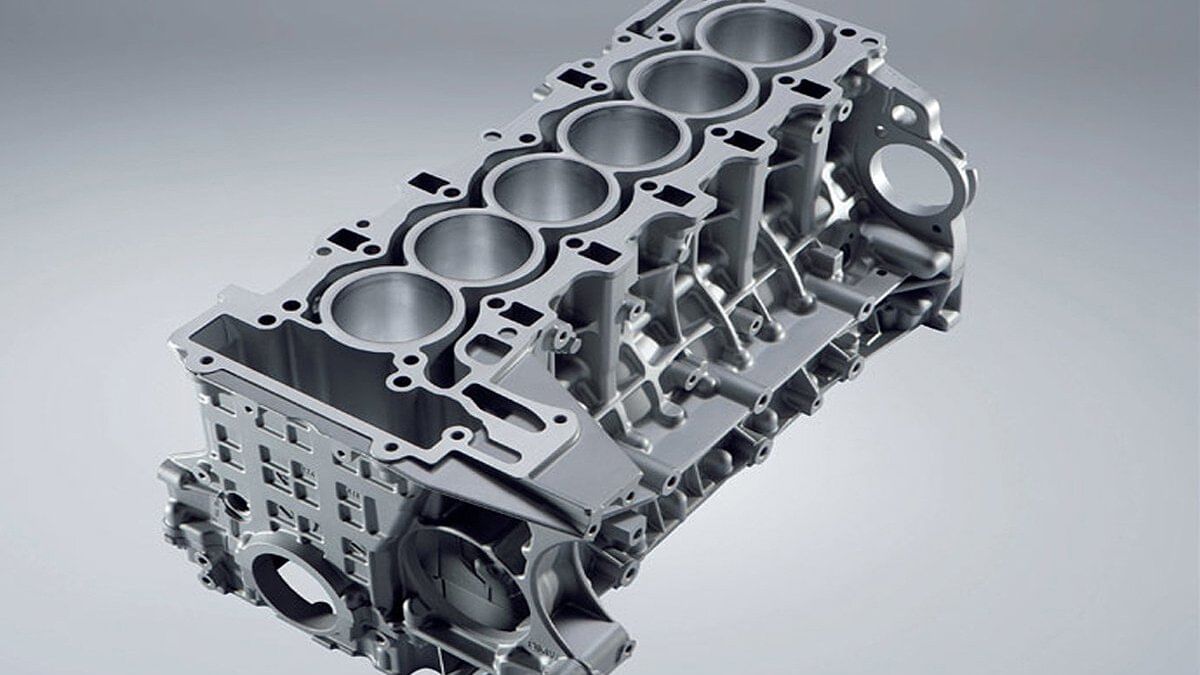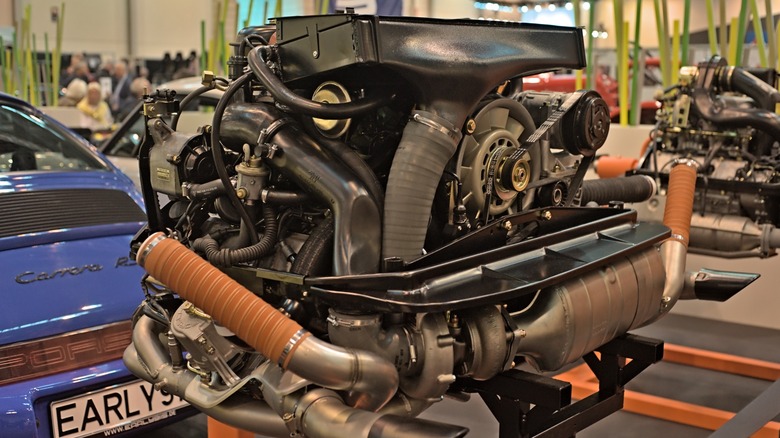The Pursuit for Ultimate Driving Power: Examining the Peak of Engine Performance and Technological Developments in the Automotive Sector
In the realm of vehicle design, the quest of optimum driving power has actually been an unrelenting pursuit that has actually unravelled via the advancement of engine layout and the integration of cutting-edge innovations. From the meticulous craftsmanship of burning engines to the rapid developments in electrical propulsion systems, the auto field stands at the cusp of a brand-new age defined by unmatched performance capacities.
Evolution of Engine Layout

Additionally, the assimilation of turbocharging and supercharging modern technologies has actually revolutionized engine layout by enhancing power without considerably raising engine dimension. These forced induction systems compress the intake air, permitting for even more gas to be ignited, consequently generating greater power output from a smaller engine. This innovation has actually been especially crucial in improving the performance of smaller variation engines while maintaining fuel performance requirements.

Performance-Enhancing Fuel Technologies
The execution of advanced fuel innovations has considerably contributed to improving engine efficiency in modern-day lorries. From conventional gas and diesel to ingenious biofuels, synthetic fuels, and hydrogen, the auto sector is experiencing a change in fuel choices. Biofuels, originated from eco-friendly resources like corn, sugarcane, or algae, offer decreased emissions and boosted engine efficiency. Synthetic gas, produced through chemical processes, supply high octane ratings, improving power result. Hydrogen gas cells, although still in the very early stages of fostering, reveal excellent pledge as a result of their zero-emission nature and capacity for high efficiency. In addition, fuel ingredients and detergents are being developed to clean engine parts, enhance combustion, and decrease rubbing, consequently enhancing total vehicle efficiency. With continuous r & d, the quest for the utmost driving power continues, as engineers aim to open the complete potential of performance-enhancing fuel modern technologies in the automotive industry.
Improvements in Electric Propulsion
Significant strides in electric propulsion modern technology have actually revolutionized the automotive sector, leading the method for a brand-new period of efficient and lasting transport. Electric automobiles (EVs) are obtaining popularity as a result of their environmental benefits and advancements in battery modern technology, allowing longer driving ranges and shorter billing times. Suppliers are spending heavily in r & d to improve the performance of electric propulsion systems, concentrating on enhancing power outcome, improving power efficiency, and reducing general weight.
One remarkable breakthrough in electrical propulsion is the development of sophisticated electrical motors that supply higher torque and power density, causing enhanced acceleration and overall driving efficiency. Furthermore, regenerative stopping systems have been fine-tuned to catch and store energy during deceleration, further increasing the effectiveness of EVs.
In addition, the combination of clever modern technologies, such as expert system and predictive analytics, is enhancing the management of electric propulsion systems, making certain optimal performance under numerous driving problems. why not check here These advancements in electric propulsion are improving the automotive landscape, driving the market in the direction of a much more sustainable and electrified future.
Impact of Computational Fluid Characteristics
With improvements in electric propulsion pushing the boundaries of vehicle innovation, the combination of Computational Fluid Dynamics is playing a critical duty in optimizing aerodynamic performance and improving total effectiveness in vehicle layout. Computational Liquid Characteristics (CFD) entails the usage of computer system simulations to analyze the flow of air around a lorry, making it possible for designers to predict exactly how style changes will influence the rules of aerodynamics without the demand for pricey physical models. By properly modeling airflow patterns, CFD enables the improvement of lorry shapes to reduce drag, boost cooling, and improve security.
One trick benefit of utilizing CFD in automobile layout is the ability to iterate swiftly, exploring various design variants to determine the most aerodynamically efficient remedies. This repetitive procedure causes vehicles that are not just sleeker and more visually appealing yet likewise extra fuel-efficient and ecologically friendly. CFD makes it possible for designers to optimize airflow around components such as radiators, engine bays, and wheel wells, contributing to boosted performance and overall driving experience. Finally, the integration read review of Computational Liquid Dynamics stands for a substantial progression in the quest for utmost driving power and effectiveness in the vehicle sector.
Future Trends in Engine Innovation
In the vibrant landscape of auto design, innovative advancements are forming the future trajectory of engine development. The future of engine layout is noted by a strong focus on sustainability, performance, and performance. Manufacturers are increasingly concentrating on establishing engines that not just deliver high power outcomes but additionally prioritize ecological duty by improving and reducing emissions fuel efficiency.
One noticeable trend in engine development is the surge of electrification. Hybrid and electric powertrains are gaining grip as feasible alternatives to standard burning engines. These modern technologies use the possibility for considerable decreases in carbon discharges and enhanced power effectiveness, lining up with worldwide initiatives to deal with environment modification.
Moreover, developments in materials science and production methods are making it possible for the manufacturing of lighter and much more durable engine components. This change in the direction of light-weight products such as carbon fiber and aluminum alloys contributes to enhanced performance and gas economy.
Verdict
In final thought, the pursuit of supreme driving power in the automotive field remains to drive improvements in engine design, gas innovations, electric propulsion, and computational liquid characteristics. The advancement of these innovations is shaping the future of engine development, leading the way for extra effective and effective vehicles (engines for africa). As the market proceeds to press the limits of what is feasible, we can anticipate to see a lot more cutting-edge developments in the quest for peak efficiency
One of the key milestones in engine layout advancement is the transition from standard carbureted engines to contemporary fuel-injected systems. By exactly metering the gas shipment to each cyndrical tube, fuel-injected engines maximize combustion, resulting in better performance and reduced environmental effect.
Moreover, the assimilation of turbocharging and supercharging technologies has actually reinvented engine design by improving power without pop over to this web-site considerably enhancing engine dimension (engines for africa).The execution of sophisticated fuel innovations has dramatically contributed to enhancing engine efficiency in contemporary vehicles. In addition, gas additives and cleaning agents are being formulated to clean engine elements, enhance combustion, and decrease friction, thereby boosting total automobile performance